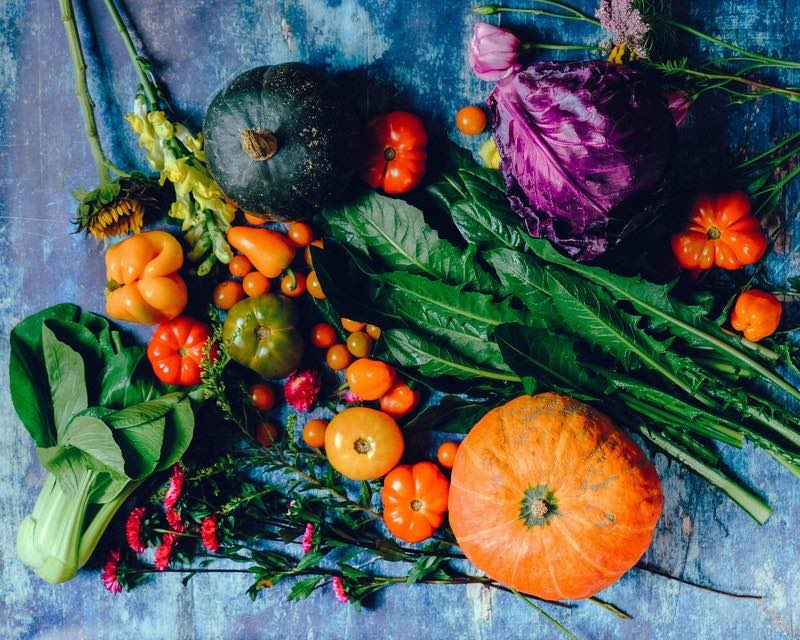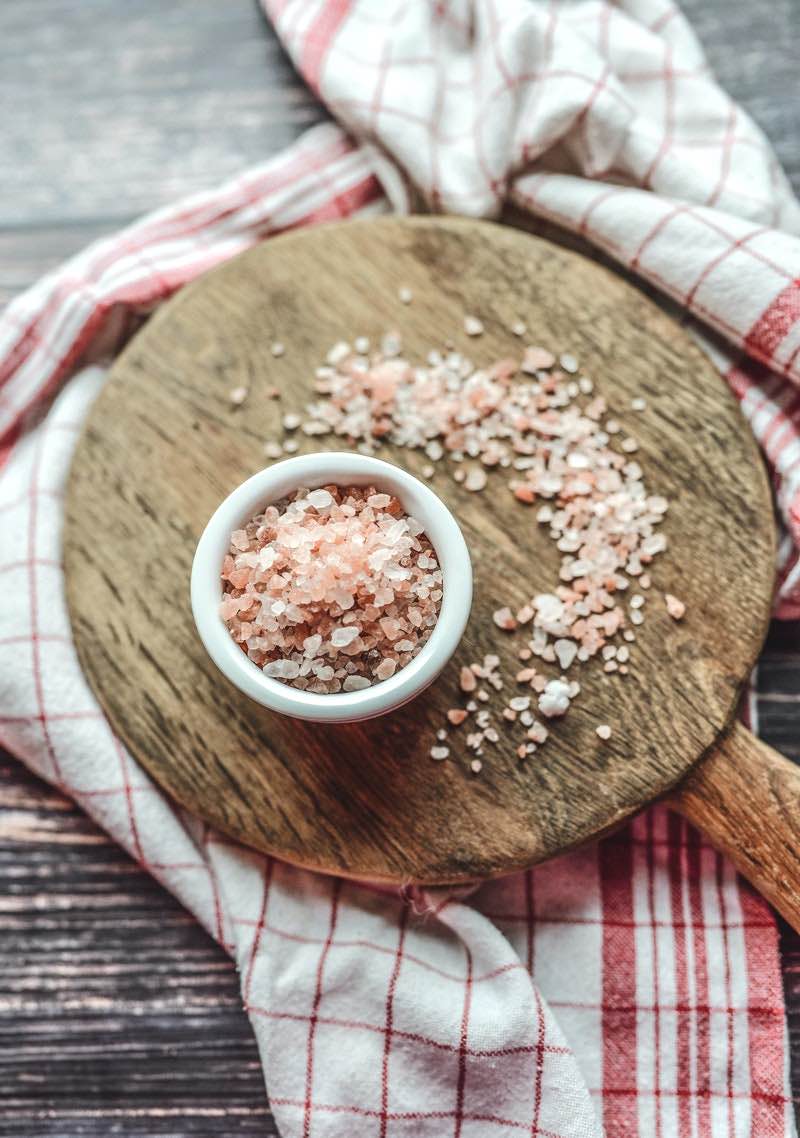You don’t have to spend hundreds of dollars to fatten your pigs. Here’s a simple guide on how to make high-quality pig feed using common household items straight from the comfort of your own home!
RELATED: Adventures in Pig Farming | One Man’s First Hand Experience With What He Thought Were Female Pigs…
In this article:
- Benefits of Mixing Your Own Pig Feed
- Healthy Homemade Pig Feed Recipe
- How to Store Homemade Pig Feed Properly
How to Make Pig Feed Straight From Your Homestead
Benefits of Mixing Your Own Pig Feed
1. Lower Costs
Making your own pig feed is far more cost-effective than buying expensive commercial brands from the local market. In fact, a hundred dollars’ worth of homemade feed might be enough to last you a few months, assuming you’re only raising a small pig farm.
You can reinvest the money you save into other livestock options such as hens and chickens, goats, turkeys, ducks, and cows.
2. Supports Zero-Waste Lifestyle
Throwing away leftover food is wasteful. You might not be able to eat table scraps, but that doesn’t mean your livestock won't benefit from them.
Set aside leftover fruits, veggies, and grain and mix them in with your pig feed. Small actions such as these go a long way in reducing your carbon footprint and the waste you produce.
3. Chemical-Free Feeding
Whether you’re raising pigs to sell or eat them, you’d want to avoid harmful synthetic chemicals such as artificial growth hormones and antibiotics. They might make your pigs strong, but they are very dangerous to the human body.
The best way to ensure your pigs consume all-natural food options is to make the feeds yourself. You never really know what factories mix in with the pig feeds they sell.
4. High-Nutrient Feed

When raising pigs, you’d want them to get all the essential nutrients and vitamins to grow fat and healthy.
After all, the bigger a pig is, the higher its value will be. And what better way to fatten up your pigs than by feeding them healthy, all-natural food options?
5. Easy, Hassle-Free Process
Mixing your own pig food is a lot easier than most people make it out to be. All you need to is to source the necessary ingredients then mix them all together in a large drum or barrel.
This is actually easier than driving down to the store every other day to pick up sacks of pig feed. The entire process might not even take more than a few minutes.
RELATED: Pig Facts Even Old MacDonald Should Know
Healthy Homemade Pig Feed Recipe
The key to making high-quality homemade pig feed lies in choosing the correct ingredients. You need to use nutrient-dense, filling food options such as:
1. Salt

Grains and plants used in pig feed are low in sodium, so homesteaders are advised to add a few cups of salt to their homemade feeds. A growing-finishing pig needs about 0.25% more salt in their diets.
Note: Make sure your pigs have enough drinking water available if you are experimenting with how much salt to feed them.
2. Corn

One of the best grain sources to use on your pig feed is corn. It’s a nutritious, high-carb option that’ll fatten up your pigs and fill them with energy at the same time.
Plus, corn is very filling. Adding a few pounds of these grains to your pig feed will be enough to keep your pigs feeling full for the whole day.
3. Calcium and Protein Supplement
Soy milk is one of the best alternative protein sources for your pig feed. They are very nutritious and safe for animal consumption. Remember: pigs are not allowed to consume meat and dairy products.
4. Wheat

Another good grain option to add to your pig feed is wheat. This extender will keep your pigs feeling full and energized for hours on end!
5. Sunflower Seeds
Sunflower meal is high in unsaturated fatty acids. This increased oil content is essential in making the pig’s meat softer and more tender.
Note: In growing-finishing pigs, sunflower meal can be used as an alternative protein source.
6. Skimmed Soy Milk
Just like any other living being, pigs need protein to grow. And since they cannot eat conventional protein sources such as animal meat, you need to supplement their feed with alternatives such as soy milk.
7. Soybean Meal
Soybean is an excellent source of protein for pigs that is safe for general animal consumption. It supplements the protein content from soy milk and sunflower meals.
Note: Homesteaders raising young pigs under 40 pounds might want to skip adding too much soybean in their livestock’s diet.
8. Sorghum
Grain sorghum feed is a high-carbohydrate, nutrient-dense grain option you can use to replace similar options such as wheat and corn. Similar to other grains, sorghum will keep your pigs full and bouncing with energy for the entire day.
How to Store Homemade Pig Feed Properly
Pig feed is made of a mixture of perishable foods, some are even on the brink of going bad. If you don’t store them properly, your entire supply will go to waste.
- Firstly, make sure you find a clean, dry area to store your pig food in. It should be somewhere away from leaks, direct sunlight, and running water.
- Secondly, drive the pests away. Use all-natural, chemical-free pesticides and insecticides to keep rodents, cockroaches, raccoons, and other critters out of the storage area
- Lastly, always clean the feeding bins. Leaving stains and marks on the bin will trigger the buildup of mold and mildew.
Not only are these disgusting, but they also put your feed at risk. Exposure to the bacteria these buildups carry will shorten the life of your feed.
Check out this video by Shrimp Tale's where they share their personal pig feed formula:
Pig feed recipes are specially formulated by researchers through trial and error, so it's best not to alter them with random ingredients. Don't mix different boosters together as well. Otherwise, you’ll compromise your feed's efficacy. In worse cases, your pigs might even get sick or catch an infection.
Also, contrary to popular belief, pigs will not eat everything given to them. Food options such as fish, chicken, beef, and of course, pork are toxic to these animals. You should also avoid anything that has unusually high sodium or carb content.
What do you use for your pig feed? Share your recipe with us in the comments section below!
Fellow homesteaders, do you want to help others learn from your journey by becoming one of our original contributors? Write for us!
UP NEXT:



When I was growing up on the farm we had two pigs in the sty and the only thing that was fed to them was grain and water. I used a thirty gallon drum that was clean and filled it about three quarters full of grain. The barrel was then filed almost up with water and then wait for the grain to swell up for awhile. I would take a small bucket and fill it with the fermented grain and the hogs really seemed to like it and grew up to be slaughtered for meals and then another two baby pigs for the sty to repeat the process. Old style farming.
I just watched your video on making your own pig feed.
My question is where to find these raw Ingredients? I live an hour west of DFW. I can only find premade swine feed near me.
Try Hess Feed Mill in Munester. I think they across the street from Fischer’s Meat Market/Grocery store.
There are a lot of ingredients listed in your post but you don’t give a recipe with amounts. The video you linked only uses 3 ingredients. What if I don’t want to use soy? I’ve also read that pigs at different stages of growth need different levels of protein & fat. How and when should the recipe be altered? Also, how much do you feed per pig? I want to mix my own feed but I can’t seem to find the answers to my questions so I feel comfortable choosing that option.
I have a recipe for baby pig food from 1954 I’d love to share it!
I’m interested in your recipe! Please share.
You say pigs mustn’t be given dairy however whey is excellent for pigs, and is usually suggested/recommended?
Mine have at the very least never come to any harm, but have rather thrived on the whey from my goats’ milk …
I do however agree that they shouldn’t be fed meat